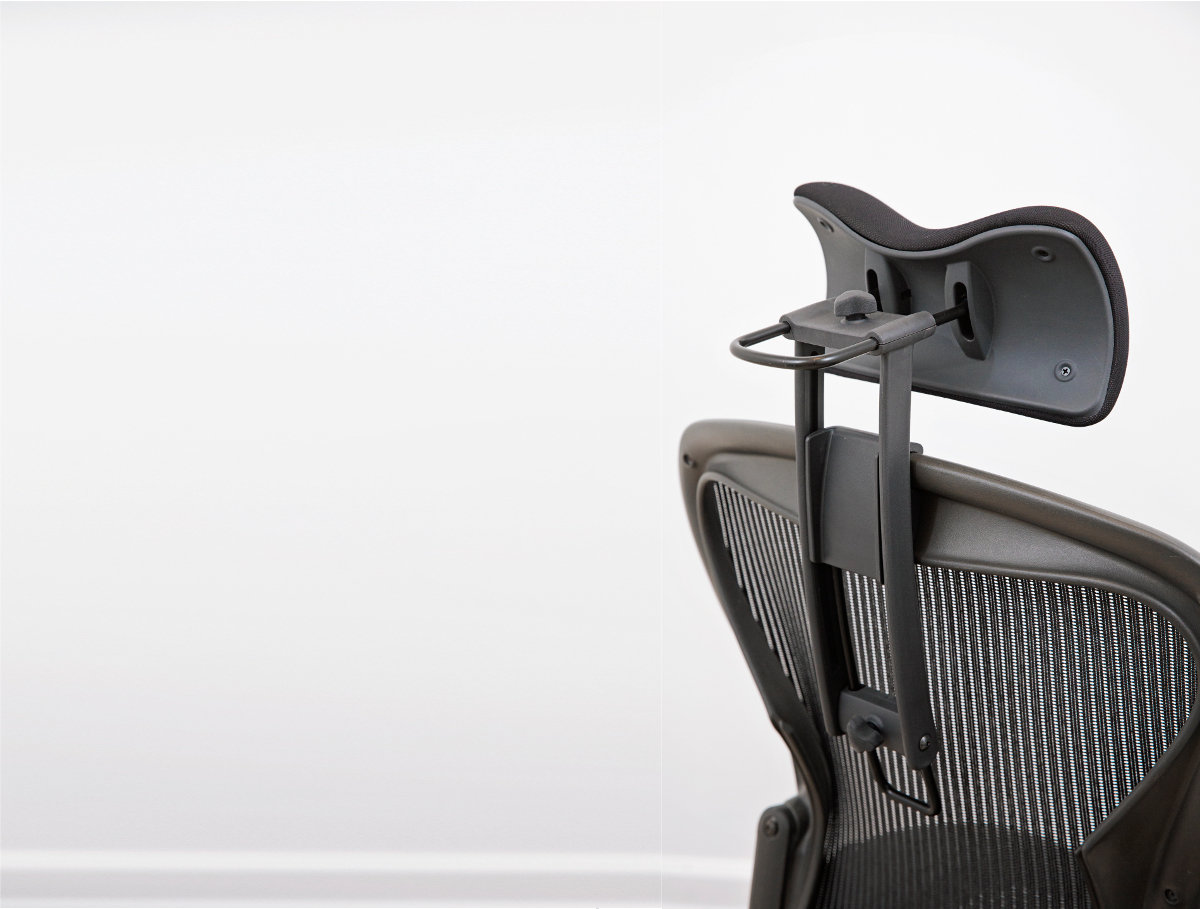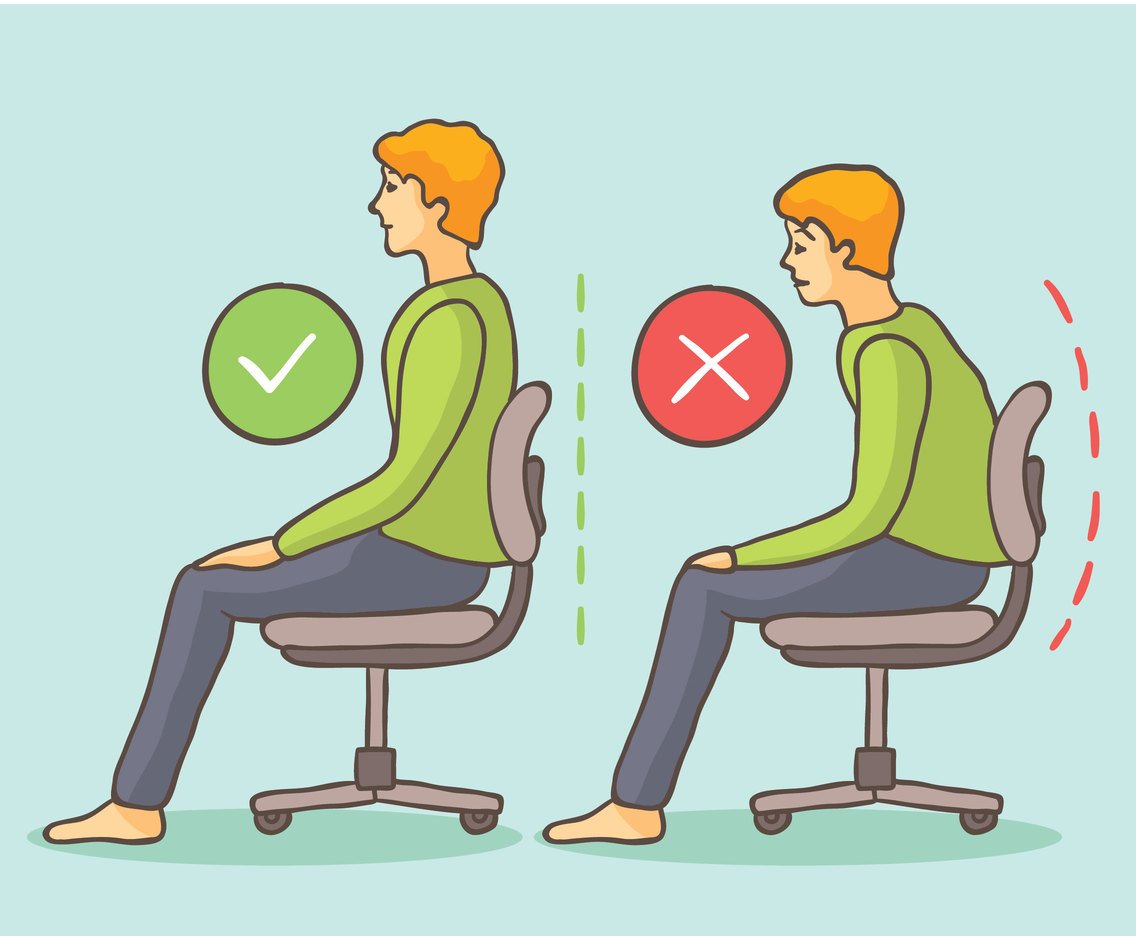Sitting for prolonged periods can lead to neck, shoulder and back pain. Adding a headrest to your office chair can help alleviate these issues by providing ergonomic support for your head, neck and upper back. This comprehensive guide covers everything you need to know about chair headrests.
What is a Chair Headrest?
A chair headrest is an extension that attaches onto the top of an office chair to support your head and neck while sitting. It is designed ergonomically to cradle your head in a comfortable position that encourages good posture.

Headrests can be fixed or adjustable. Adjustable ones allow you to customize the positioning and angle to fit your body properly. High quality headrests are made of breathable mesh or padded leather for optimal comfort.
Benefits of Using a Chair Headrest
Here are some of the key benefits of using an office chair with a headrest:
1. Reduces Neck and Shoulder Pain
A headrest lifts the weight of your head off your neck and shoulders, preventing strain or fatigue in those areas. This can significantly reduce pain and discomfort.
2. Encourages Proper Spinal Alignment
The extra support helps keep your head upright, allowing your spine to rest in a more natural position rather than slumping forward. This takes pressure off your lower back as well.
3. Increases Overall Comfort
Having a padded surface to lean your head back on makes sitting for longer periods much more comfortable and sustainable.
4. Fosters Improved Concentration
By reducing strain and discomfort, a headrest enables you to sit and focus for longer with fewer distractions.

Key Features to Look For
All headrests serve the same core purpose, but certain features determine how customizable, durable and effective they are:
- Adjustability – At a minimum, height adjustment is essential, but the best headrests also allow you to tweak the depth, angle and tilt.
- Mounting – Sturdy clamps with protective padding grip the chair securely while preventing damage.
- Materials – Breathable mesh and molded foam provide ventilation and hold their shape over years of use.
- Compatibility – Ensure the clamps fit the top of your chair before purchasing.

Proper Positioning of Your Headrest
To maximize the ergonomic benefits, your headrest needs to be positioned properly. Follow these tips:
- The headrest should make full contact with your upper back and neck area. Any gaps mean it requires adjustment.
- Align the center of the cushion with your ear level so the entire weight of your head is supported.
- Adjust the tilt angle to allow your head to rest comfortably without straining your neck forwards or backwards.
- Sit upright with shoulders relaxed to let the headrest do its job. Slouching negates the posture benefits.
Alternative Headrest Solutions
If an add-on headrest doesn’t work for your office chair, consider these options instead:
Integrated Headrest Chairs
Some high-end ergonomic chairs have built-in headrests that cannot be removed. The Steelcase Leap and Herman Miller Embody chairs both utilize integrated headrests that adapt to your positioning.

Headrest Pillows
These moldable memory foam pillows strap onto your chair to provide a customizable headrest alternative. They take up less space than full add-on units.
Lumbar Support Pillows
While not directly supporting your head and neck, a good lumbar pillow improves overall posture and reduces back strain related to long sitting sessions.
Maintaining Your Headrest
Like any office equipment, headrests need proper maintenance to enjoy years of comfortable use:
- Wipe down regularly with an antibacterial cleaner to prevent buildup of oils and dirt.
- Check clamp tightness periodically and adjust as needed.
- Inspect padding and mesh material for wear, tears or cracks and replace parts as required.
- Apply a leather conditioner to upholstered headrests to maintain flexibility without drying out.
Conclusion
Adding an ergonomic headrest to your existing office chair is an affordable way to significantly reduce neck, shoulder and back pain issues related to prolonged sitting. With the proper adjustment and positioning, it encourages good posture by supporting your head in alignment with your spine as you work. Consider one of these supportive upgrades if you often feel fatigued or sore at your desk. Prioritizing comfort and health leads to improved concentration as well as overall wellbeing.
